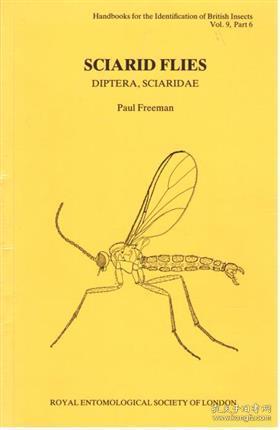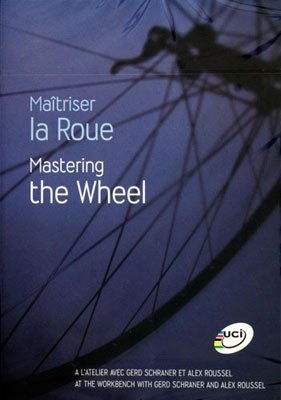Introduction:
Fishing, an ancient pastime that has stood the test of time, requires not only patience but also a keen understanding of the water and the fish within it. One of the most crucial aspects of fishing is identifying the perfect bait spot. This article delves into the art of confirming a successful fishing spot, offering practical tips and techniques to ensure a fruitful day on the water.
Understanding the Basics:
Before we delve into the specifics of confirming a bait spot, it's essential to understand the basics of fish behavior and the factors that influence their feeding patterns. Fish are generally attracted to areas with food sources, cover, and water flow. By identifying these elements, you can significantly increase your chances of finding a productive fishing spot.
Scouting the Area:
The first step in confirming a bait spot is to scout the area. This involves exploring the surroundings and looking for signs of fish activity. Here are some key points to consider:
- Water Flow: Fish often congregate in areas with a moderate current, as it brings in food and oxygenates the water. Look for riffles, runs, or areas where the water is moving at a gentle pace.
- Structure: Natural or artificial structures like rocks, logs, and weed beds can provide excellent cover for fish. These areas are often hotspots for feeding.
- Vegetation: Aquatic plants and weeds can attract fish with their oxygenation and cover. Look for areas with dense vegetation or reeds.
- Depth: Fish tend to stay at certain depths depending on the species and the season. Use a depth finder to identify areas where fish are likely to be.
Using a Fish Finder:
A fish finder is an invaluable tool for identifying fish and their depth. Here's how to use it effectively:
- Adjust the Settings: Ensure that the fish finder is calibrated to the type of water you're fishing in (freshwater or saltwater) and adjust the settings accordingly.
- Scan the Water Column: Look for arches or shadows that indicate the presence of fish. Note their depth and behavior.
- Track Their Movement: If possible, track the movement of fish over time to understand their patterns and feeding habits.
The Baiting Process:
Once you've identified a potential bait spot, it's time to confirm its productivity. Here's how to proceed:
- Drop Bait in the Area: Toss your bait into the water and observe how it behaves. If it sinks quickly and you don't see any signs of fish, the spot may not be productive.
- Use a Scented Bait: A well-scented bait can attract fish from a distance. If you notice fish approaching your bait, it's a good sign.
- Wait and Observe: After dropping your bait, wait for a few minutes and observe the water for any signs of activity. If you see fish feeding, it's likely a productive spot.
The Importance of Patience:

Fishing is a patient sport, and sometimes, the best spots may not reveal themselves immediately. Here are some tips to help you stay patient and persistent:
- Move Around: If one spot doesn't produce, don't be afraid to move to another area. Sometimes, a different location can yield better results.
- Adjust Your Approach: If you're not getting bites, try changing your bait, lure, or technique.
- Stay Focused: Keep your eyes on the water and be ready to react quickly when a fish strikes.
Conclusion:
Confirming the perfect bait spot is an art that requires a combination of observation, patience, and the right tools. By understanding fish behavior, using a fish finder effectively, and being patient, you can significantly increase your chances of a successful fishing trip. Remember, the key to mastering the art of fishing lies in continuously learning and adapting to the ever-changing conditions on the water. Happy fishing!












